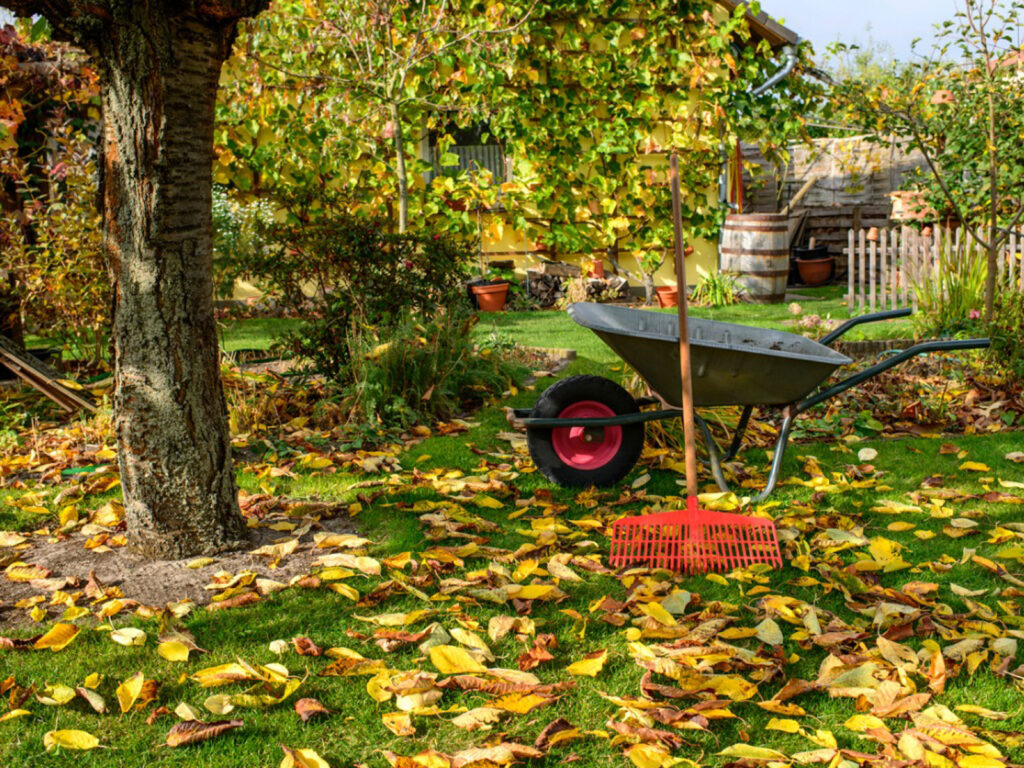Just because the main growing season is coming to an end doesn’t mean that you can retreat from your landscaping duties. Putting in some effort as the days get shorter and colder will not only create a more pleasant environment come winter, but it will also set you up for success next spring. Check out this fall landscaping checklist for some ideas of what you should be undertaking in this transitional season.
Tidy Up The Vegetable Patch
To make for an easier start next spring, tidy up your vegetable patch by removing plants that haven’t fully matured and adding them to your compost pile. Just make sure to avoid adding any diseased plant parts or you’ll spoil the whole pile. Now is also the time to plant a green manure such as legumes, vetches or winter grains. These will help prevent soil erosion and can be tilled under in the spring to naturally add nutrients to the soil.
Test Your Soil
If you haven’t tested your soil for a few years (or ever!) fall is the best time to do it. It’ll give you time to make amendments to the soil before the next growing season. Many gardening centres will provide this service for you or you can purchase a soil testing kit to figure out the pH level and the amount of NPK (nitrogen, phosphorus and potassium) in the soil.
Bring In The Garden Hose
Bringing in the garden hose, ensuring the tap is emptied of water and turning off the water source will prevent burst pipes once the weather drops below freezing. You do not want to be dealing with broken pipes in the middle of winter! Leaving your garden hose out in the freezing cold will just ensure that you’ll have to buy a new one again next year.
Prune Trees And Shrubs
Cutting back on the branches of your trees and shrubs will prevent damage to these plants during bad winter weather. It can also prevent damage to your house and other structures in your yard. Heavy winds and snowfalls can cause rogue branches to break. Trimming them back will protect your property from untimely winter damage.



